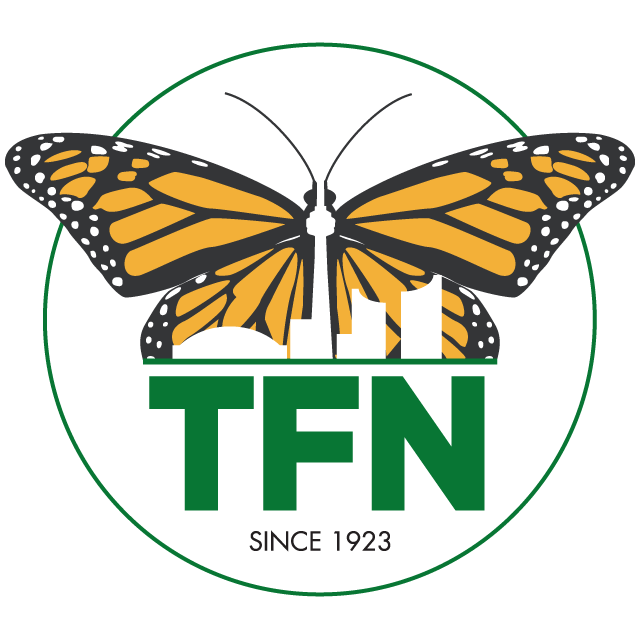The Cottonwood Flats Monitoring Project (CFMP) provides exciting opportunities for TFN members to actively engage in stewardship & citizen science and to make positive contributions to nature in the city. Each year, TFN conducts six sessions at the Flats. Data collected is used to determine plant and animal biodiversity in the area and assess overall trends in species richness and abundance. Further, TFN uses the data to provide ecological enhancement recommendations that inform the City of Toronto’s ongoing management of the site, including invasive species control, species introduction, habitat feature creation/maintenance, and the activities of the Community Stewardship Program team at the Flats for which TFN serves as Team Leaders.
Our core team is composed of TFN members with strong flora or fauna identification skills but also offers many opportunities for volunteers with a variety of skills and experience levels! Photographers, ambassadors, general observers, and members looking to brush up or improve their ID skills are all encouraged to volunteer. To participate, become a TFN member and contact us at cfmp@torontofieldnaturalists.org.
Published Project Reports
History of The Project
In July, 2016, staff from the City of Toronto’s Natural Environment and Community Programs (NECP) section of Urban Forestry approached the TFN to request our participation in developing and implementing a long-term ecological monitoring program at Cottonwood Flats, a small parcel of successional habitat that occupies a post-industrial site on the eastern banks of the Don River near Crothers Woods.
The site was once home to a rockwool factory, was used as a disposal site for concrete debris, and until recently served as a primary site for dumping snow plowed from city streets. Between 2009 and 2014, the City, TRCA, Task Force to Bring Back the Don, and Schollen and Company created and executed a restoration plan designed primarily to provide habitat for ground-nesting birds. A key feature of this plan was an approximately one acre “songbird meadow,” fully enclosed by permanent fencing, meant to help secure the space from trampling, off-leash dogs, and other potential threats.
Throughout 2016, in conjunction with NECP, various TFN members contributed their efforts, insights, and expertise to develop strategies and protocols that could be used to monitor and assess the site year-to-year. The TFN’s final proposal was approved by the City in January, 2017, and “on the ground” activities started the following April.








